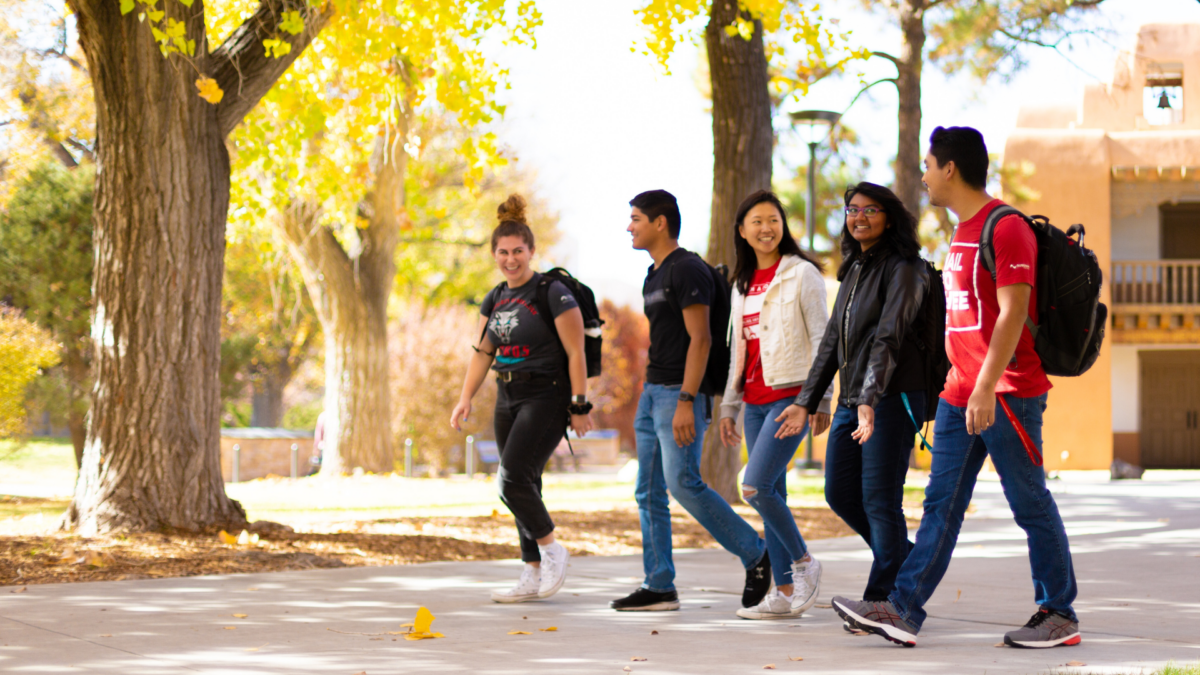IHEP Stresses Legal Immigrants’ Access and Success in Higher Education Imperative as National Competitiveness is At Risk
Published May 15, 2014
Washington, D.C., April 11, 2007—The Institute for Higher Education Policy (IHEP) today released a groundbreaking policy report urging policymakers to give immediate attention to legal immigrants who seek to improve their standard of living by settling in the United States and taking advantage of its higher education system. Opening the Door to the American Dream: Increasing Higher Education Access and Success for Immigrants provides an in-depth account of the multiple barriers—including federal, state, and institutional policies—faced by legal immigrants as they attempt to enroll in and complete college. The report also emphasizes that not taking action to overcome these barriers may lead to negative consequences for the nation’s global competitiveness and position of economic leadership in the 21st century.
Opening the Door to the American Dream highlights the current state of legal immigrant college students, an “invisible community” that makes up 12 percent of the total undergraduate population—comparable in size to other groups such as disabled and ethnic minority students—but is largely disregarded in debates over higher education policy. Legal immigrants continue to contend with obstacles that make it difficult for them to further their education and increase their contributions to America’s strong and diverse workforce. Among the many barriers preventing higher education access and success for legal immigrants are bureaucratic mazes, financial need, work and family responsibilities, inadequate academic preparation, and limited English proficiency.
“Our Opening the Door to the American Dream report makes a powerful case for the need to elevate issues related to immigrants in our national dialogue about higher education,” said IHEP President Jamie P. Merisotis. “By 2020, there will be 14 million more skilled jobs that require at least some college education in the United States than people to fill them. By investing now at the institutional and government policy levels to improve access and success for immigrants, we will see enormous economic and social benefits for the nation.”
Highlights from the Opening the Door to the American Dream report include:
- Among young adult immigrants, high school graduation and college enrollment rates are lower than for their native-born peers.
- Many immigrant college students are non-traditional students who have delayed entry into higher education after high school, who attend college part-time, and who many have dependents of their own.
- Immigrant students have higher unmet financial need than the average undergraduate and are more likely to enroll in community colleges or private, for-profit institutions.
- While immigrant undergraduates complete college at the same rate as the overall student population, they are more likely to earn certificates or associate’s degrees rather than bachelor’s degrees and, therefore, may not gain the full benefits associated with bachelor’s degree attainment.
Opening the Door to the American Dream also clarifies a number of important points about legal immigrants and higher education, with particular emphasis on the fact that immigrant groups vary in their ability to obtain a college education based on factors such as age at the time of immigration, income, and region of origin. As a result, each state and locality must identify its specific immigrant populations and their related barriers to higher education and tailor policy decisions to those findings. The report provides case studies on three states (California, Georgia, and New York) that have very different immigrant populations and, as a consequence, have taken very different policy approaches to addressing the issue of college access and success for legal immigrant college students.
Key policy recommendations from the Opening the Door to the American Dream report include:
- Ensure that legal permanent residents are eligible for all forms of state and federal financial aid, including the Academic Competitiveness Grants and the National Science and Math Access to Retain Talent (SMART) Grants, which are currently limited to U.S. citizens.
- Recognize immigrant students as a target population for federal TRIO programs, including offering training in immigrant issues to TRIO staff.
- Increase the availability of English as a Second Language classes for both teenage and adult immigrants and develop programs designed to assist Latino immigrants and those who immigrate as teenagers—immigrant groups that are least likely to enroll in college.
- Create more transparent financial aid and college application processes, including widespread dissemination of information, resources, and contacts in immigrant communities.
- Create state, local, and institutional policies that target the differing needs of various immigrant populations.
Opening the Door to the American Dream: Increasing Higher Education Access and Success for Immigrants was funded by Lumina Foundation for Education, an Indianapolis-based, private foundation dedicated to expanding access and success in education beyond high school. To download a free copy of this report or any IHEP publication, visit the organization’s Web site at www.ihep.org or send a request via e-mail to publications@ihep.org.
Editor’s note: Enclosed is a printed copy of the Opening the Door to the American Dream: Increasing Higher Education Access and Success for Immigrants report and fact sheet. If you are a reporter seeking additional copies, send an e-mail request to communications@ihep.org. Reporters can also attend a special event, American Youth Policy Forum (www.aypf.org), in Washington, D.C. on Friday, April 13, 2007 to meet the authors and find out more facts about this publication.


